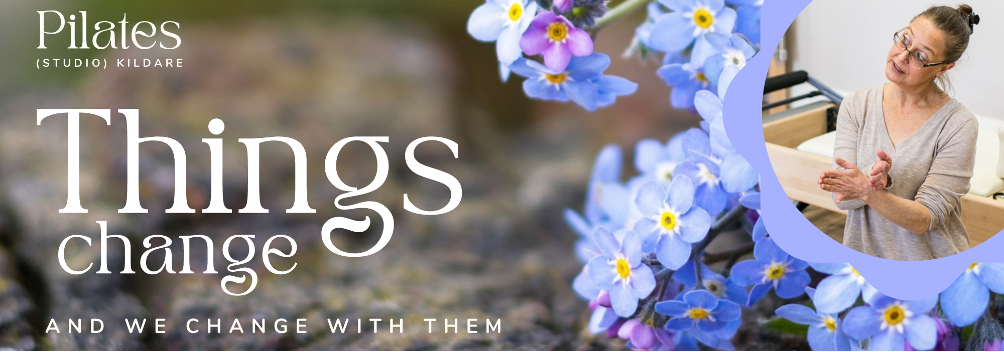
The studio on Claregate St. Kildare Town, had closed and I’m in process of revising and re-working the services and offerings to the public.
Please stay tuned for further news in Autumn 2023
Sign up below for the Mailing List to receive updated information and news on future offerings
New website coming soon! If you want to be among the first people who will see this new website, please sign up below to receive a notification as soon as it goes live. We won't spam or share your details with any third parties!